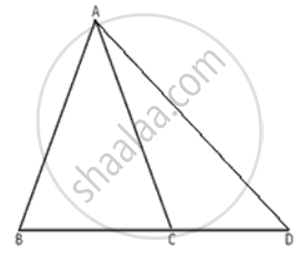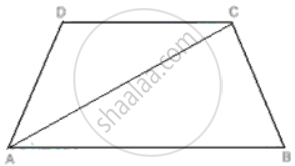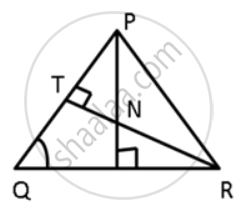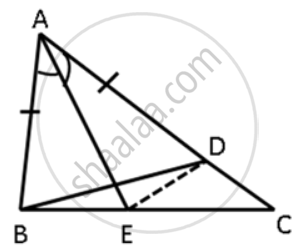Advertisements
Advertisements
प्रश्न
"Issues of caste discrimination began to be written about in many printed tracts and essays in India in the late nineteenth century." Support the statement with two suitable examples.
उत्तर
Jyotiba Phule was the Maratha leader of ‘low caste’ protest movements. He wrote about the inequalities of the caste system in his work called Gulamgiri in 1871.
E.V. Ramaswamy Naicker and B.R. Ambedkar wrote about caste-based discrimination in society. Their works were popular all over the country.
Regional protest movements and parties also published many periodicals and articles condemning the religious writings and foreseeing a new outlook.
Kashibaba, a millworker in Kanpur authored Chhote Aur Bade Ka Sawal in 1938 to show the relations between class and caste mistreatment.
Cotton mill workers of Bangalore started libraries to educate themselves in 1930; the same was first initiated by the Bombay mill workers.
संबंधित प्रश्न
In the given figure, PR > PQ and PS bisects ∠QPR. Prove that ∠PSR >∠PSQ.

ABC is a triangle. Locate a point in the interior of ΔABC which is equidistant from all the vertices of ΔABC.
D is a point in side BC of triangle ABC. If AD > AC, show that AB > AC.
ΔABC is isosceles with AB = AC. If BC is extended to D, then prove that AD > AB.
ABCD is a trapezium. Prove that:
CD + DA + AB > BC.
In the given figure, ∠QPR = 50° and ∠PQR = 60°. Show that: SN < SR
In ΔPQR is a triangle and S is any point in its interior. Prove that SQ + SR < PQ + PR.
Prove that in an isosceles triangle any of its equal sides is greater than the straight line joining the vertex to any point on the base of the triangle.
In ΔABC, AE is the bisector of ∠BAC. D is a point on AC such that AB = AD. Prove that BE = DE and ∠ABD > ∠C.
In ΔABC, D is a point in the interior of the triangle. Prove that DB + DC < AB + AC.
